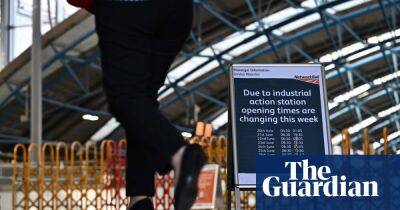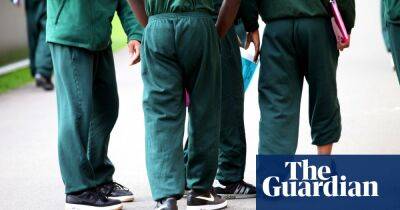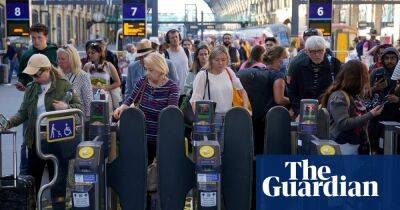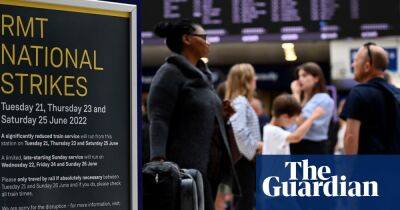Weak UK pay and jobs figures hint at tougher times ahead
The idea that Britain’s labour market is booming sits oddly with evidence that the economy has stalled since the turn of the year. Job vacancies are at record levels, the unemployment rate is below 4% and competition for workers – as the cancelled flights and check-in delays at airports show – is strong.
Even so, there were hints in the latest figures from the Office for National Statistics that the jobs market is starting to cool slightly. This trend can be expected to continue over the coming months if growth continues to be weak.
That may seem a strange conclusion after employment rose by 177,000 in the three months ending April – almost double the market consensus – and flash estimates for payrolled employees hit a new record level in May.
Yet in April alone, the ONS said employment fell by 254,000, while the number of job vacancies increased only slightly from 1.296m to 1.3m. Over the three months to April, the unemployment rate was 3.8%, up from 3.7% in the three months to March. Between March and April, the unemployment rate rose from 3.5% to 4.2%.
Meanwhile, annual growth in pay excluding bonuses remained unchanged at 4.2% in the three months ending in April, despite a 6.6% increase in the national minimum wage. Regular pay fell by more than 2% once adjusted for inflation, the biggest drop in more than a decade and, according to the TUC the equivalent of a real terms cut of £26 a week for the average worker. Annual pay growth including bonuses fell back from 7% to 6.8%.
The normal caveats apply. It is always wise not to read too much into a single month’s figures or to cherrypick data to make a case. By any standards, the latest ONS figures suggest the labour market began what could be a tough period for the economy
Read more on theguardian.com



















